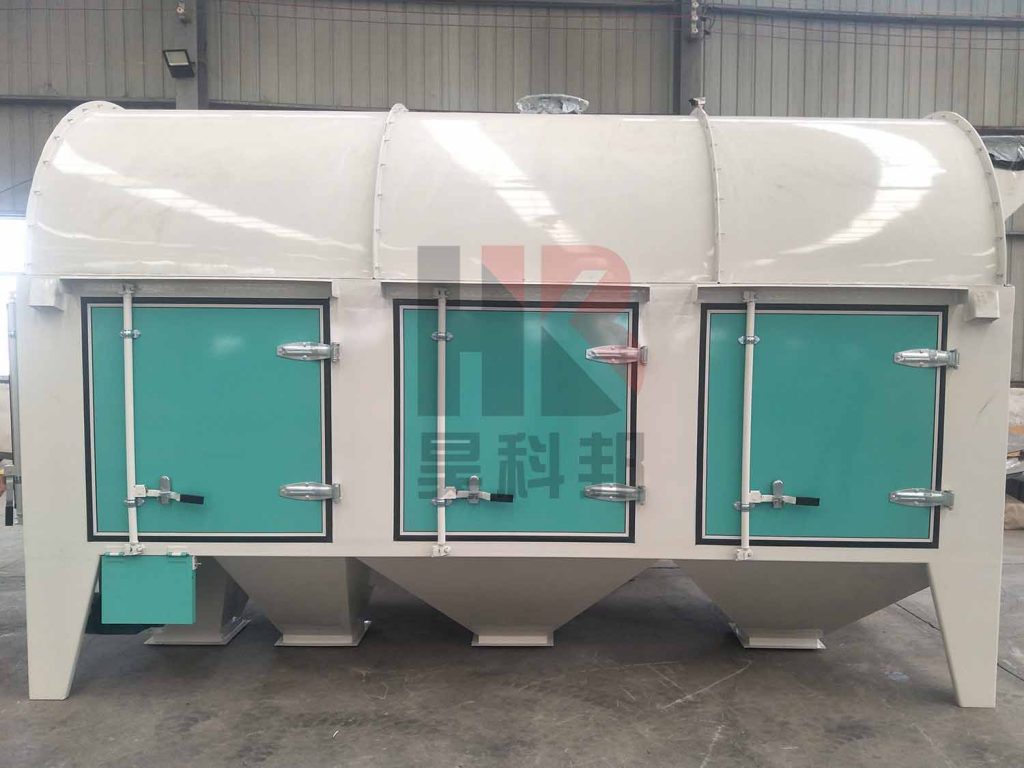In the grain processing and storage industry, the drum screen serves as an efficient screening device. It effectively removes impurities from grain and precisely grades grains by particle size, ensuring grain quality.

The working principle of the drum screen is primarily reflected in its rotary screening mechanism. After grain enters the drum through the inlet, the drum slowly rotates driven by a drive mechanism. Inside the drum, screens of various specifications are installed. As the drum rotates, the grain tumbles and moves forward.
This rotation fully disperses grain particles on the screen mesh. Fine particles and impurities fall through the mesh into a collection device. Grains meeting the particle size requirements gradually move toward the discharge口 with the drum's rotation, completing the screening process.
The screen mesh is a core component of the drum screen. Its design directly impacts the practical application of the drum screen's principle. Typically made of stainless steel, the mesh is wear-resistant and corrosion-resistant. Different mesh aperture sizes can be chosen based on grain type and screening requirements.
For example, for corn screening, a larger aperture mesh can be used to boost screening efficiency. For smaller grains like wheat, a finer mesh is needed to ensure screening accuracy.
The working principle of the drum screen gives it unique advantages. First, the screening process of the drum screen is continuous and stable. It can efficiently complete the screening task of a large amount of grain. The unique rotary screening method makes the grain fully tumble and disperse on the screen mesh. Fine particles and impurities can pass through the screen smoothly. Grains that meet the requirements are effectively collected.